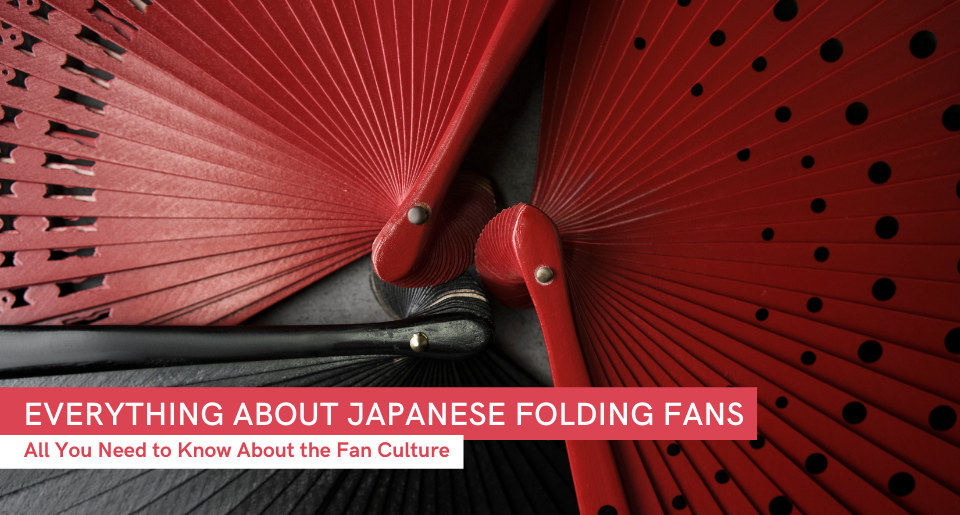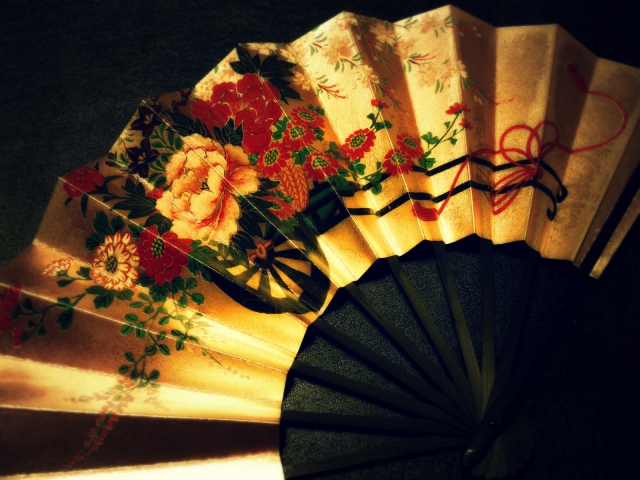
In courtrooms, at tea ceremonies, during vibrant festivals along with traditional kimonos, or simply to beat the heat during Japan's sweltering summers—Japanese folding fans are a must-have.
This unconditional love has inspired a wide array of stunning shapes, sizes, and designs, ensuring there's a fan for everyone!
The Fan Frenzy in Japan
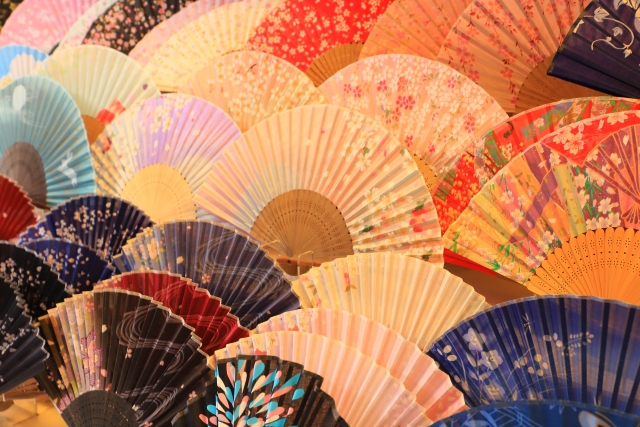
Tracing back to 6th century AD in Fukuoka, fans first popped up in wall paintings within a burial mound, showcasing the Chinese ceremonial fan. These fans quickly found their way into the fabric of courtly and everyday life in Japan.
By the 10th century, the popularity of folding fans had soared so high that regulations had to be set during the Choho era (999-1003) to manage their widespread use—a fan frenzy that China didn’t catch up to until much later!
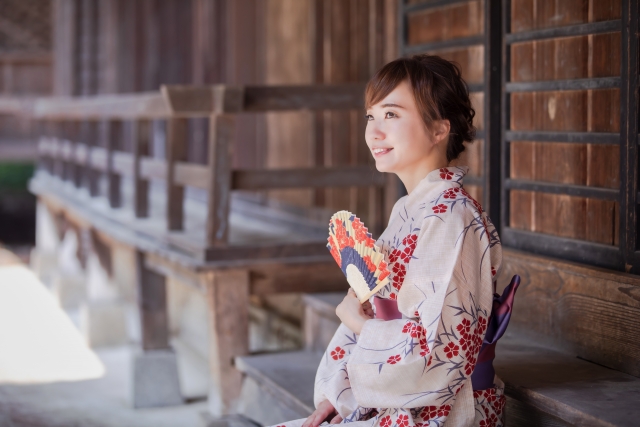
At today's Japanese matsuri (festival) events, fans aren't just handy—they're an essential splash of flair for performances and a chic accessory for beating the heat in style. And let's not forget their role in the traditional Japanese tea ceremonies—fans add a touch of elegance and a breeze of tradition!
A Fan for Every Occasion
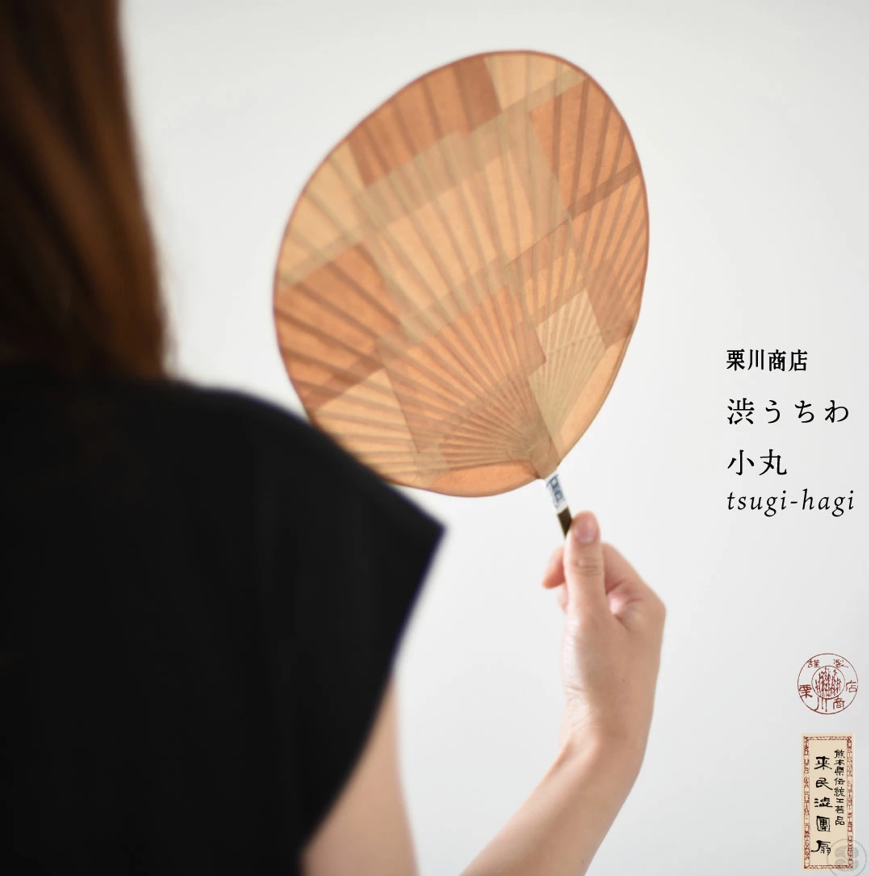
Japanese Uchiwa folding fan featured on ZenPlus
Japanese fans come in many equally stunning types, each differing in material, use, shape, and size.
Uchiwa (団扇)
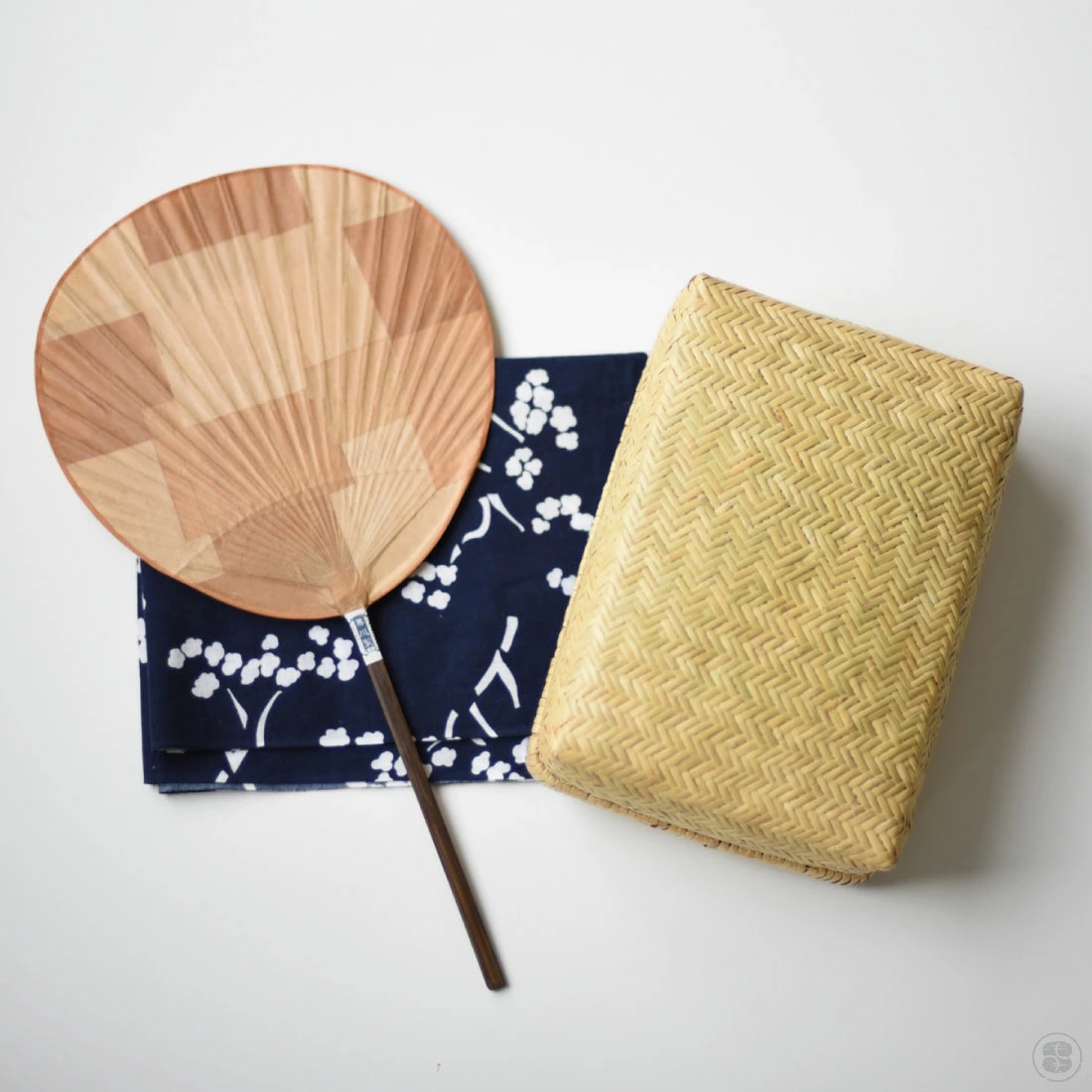
Japanese Uchiwa folding fan featured on ZenPlus
The Uchiwa fan stands out for its distinct shape—reminiscent of a ping pong paddle but also available in a palm-leaf design. Originating from China during the Zhou dynasty and introduced to Japan, its history is deeply embedded in the Japanese culture.
Uchiwa fans carry a rich legacy from being used in ancient ceremonies to their modern-day use as vibrant promotional tools during festive events.
High-status individuals in ancient Japan often used these fans not only to shield themselves from insects and malevolent spirits but also to maintain a sense of mystery by partially concealing their faces!
These fans are treasured as historical artifacts in places like the Shōsōin treasure house in Nara and Kōryūji temple in Kyoto, marking their significance through various Japanese historical periods from the Kofun to the Heian era.
Sensu/ōgi (折り扇)
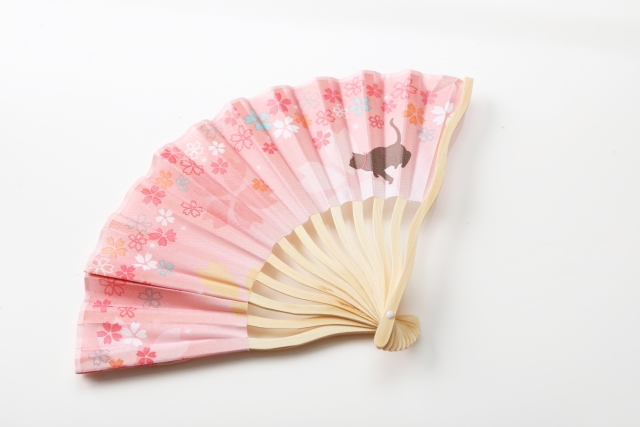
Sensu, or ōgi, are the traditional Japanese folding fans that embody a blend of practicality and aesthetic appeal. Their origin traces back to the Heian period, making them a cherished cultural emblem among Japan's nobility and monks.
Initially crafted as a portable alternative for note-taking on etiquette in the imperial court, these fans evolved dramatically. The early designs, made primarily from bamboo and Japanese washi paper, gradually became canvases for artistic expression.
Over the centuries, sensu fans were adorned with vibrant colors and intricate illustrations, transforming them into fashionable accessories for both men and women of the court.
Today's sensu fans are made from a diverse range of materials (such as paper, silk, sandalwood, and even cloth or cotton), making each fan unique and highly collectible. Their thoughtful and distinct design also makes them excellent gifts, appreciated for their practicality and beauty!
War Fan/tessen (鉄扇)
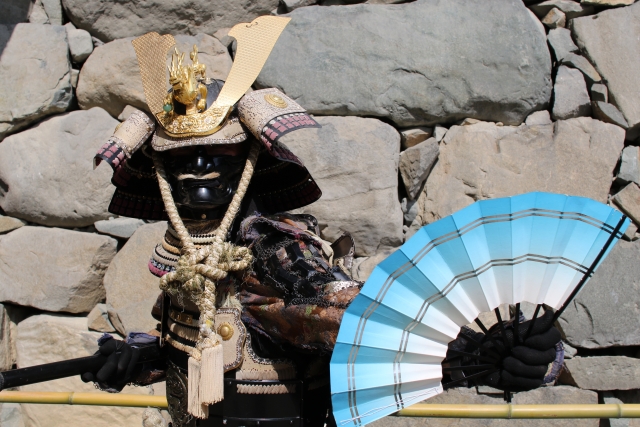
The tessen, or Japanese war fan, is a fascinating artifact of feudal Japan, serving dual purposes in the hands of the samurai class. Crafted from sturdy materials like metal or wood, these fans were practical in combat and essential in battlefield communication.
The tessen came in two primary forms: a foldable version with wood or metal ribs and a lacquered paper covering, and a solid type resembling the gunbai used in sumo today.
Commanders utilized these fans to issue strategic commands through a series of visual gestures, supplementing other forms of communication on the noisy battlefields.
Besides being used for signaling, tessen were also employed as weapons in the martial art known as tessenjutsu, highlighting their essential role in both the tactical and combative aspects of samurai warfare. They're also fantastic collectibles for anyone looking to add a touch of ancient charm to their home decor!
Are You a Fan of Japanese Folding Fans?
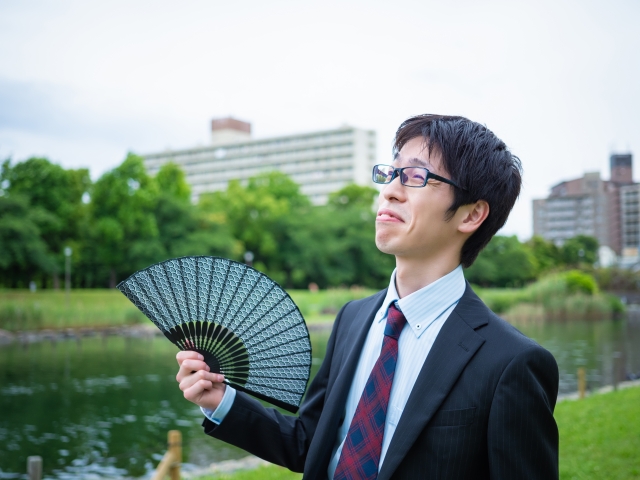
Japanese folding fans are not just a cultural symbol but also a stylish accessory integral to Japan's aesthetic. These elegant fans are a common sight at peaceful tea ceremonies and lively festivals, often paired with stunning kimonos (or breezy yukata!)
If these aesthetically pleasing accessories have caught your eye, you can easily add one (or perhaps several—after all, the more the merrier!) to your collection via ZenPlus—a treasure trove with over 5 million Japanese items!
At this massive online marketplace, you'll find a vibrant selection of Japan-made folding fans, all available in a wide range of colors, sizes, and patterns. These items come directly from local Japanese retailers who are eager to share their authentic products with international shoppers like you!

Plus, ZenPlus offers a vast selection of kimonos in various colors and styles, including yukata for warmer days, and traditional Japanese footwear (geta, zori, and tabi). All these items are just a few clicks away, ready to be delivered swiftly to your doorstep.
Who would have thought embracing the Japanese lifestyle could be this simple!
About The Writer
Meet Mariam - a freelance writer whose heart beats for the captivating world of Japanese culture. She's fascinated by the breathtaking cherry blossom trees, the irresistible traditional dishes and snacks, the timeless fashion, the adorable natural makeup, and of course, the world-famous anime, just to name a few of her passions. Now, with boundless creativity and determination, she aims to deliver the most valuable content for readers to offer them a glimpse into her passions in life.

